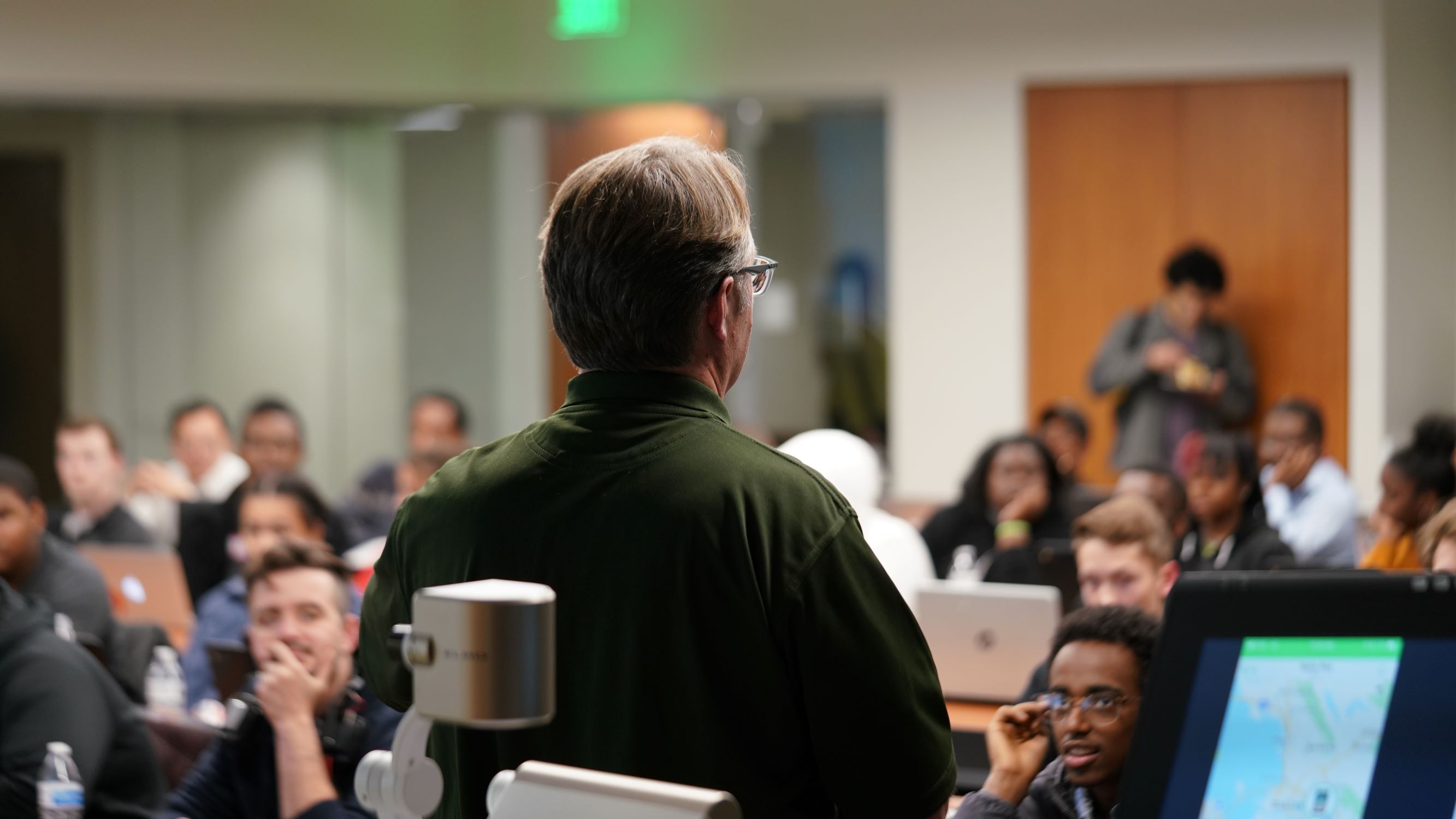 People like to share their experiences, especially their entertainment experiences.
People like to share their experiences, especially their entertainment experiences.
The earliest forms of entertainment were communal experiences in crowds on street corners or in theaters with an audience. When television first came along it created that same sense of audience. According to Kevin Slavin, “Television started off not as radio with pictures, but rather as theater in your home. All the shows were broadcast live in front of a real audience, not recorded and later edited.”
Eventually television did offer recorded programing that underwent editing before it was broadcasted. Interestingly, the studios noticed a decline in viewership. That’s because the human brain, specifically the limbic system, is wired to look for meaning in the meaning that other people find. People wanted to find meaning through the shared experience of watching television.
But how? Enter the invention of Charlie Douglas – the laugh track. For 60 years television viewers have experienced a sense of community via artificial laughter.
Get a feel for how much we expect that sense of community by watching this clip with the laugh track removed.
However, all shows are not comedies and therefore do not lend themselves to a sense of community through group laughter. Television never tried to create an artificial sense of communal expression for dramas. As a result comedies have always out performed dramas on television. Until recently.
The final episode of Breaking Bad attracted 10.3 million viewers. The Walking Dead season finale, 12.4 million. These shows are far from comedies, so why the stellar interest? Social media. The week before Breaking Bad aired Twitter reported 100,000 people per day tweeting about the show. Facebook recorded 23 million interactions created by 11 million people. (Source for the numbers)
Social media is the restoration of the sense of audience around us.
People like to talk about what they’re watching even while they’re watching it. That is what organizations need to understand. Social media is not just a new form of a soap box. It’s a means for community. Yes it can be artificial at times just like the laugh track, but it still creates community.
Churches should encourage tweets about sermons.
Companies should engage with employees posting about workplace learning.
Schools should foster chats on education.
The organizations that engage with the community created by social media will extend their voice into the lives of people. The companies, schools, churches and agencies that ignore social media will go the way of laughter-less sitcoms, eventually silenced.







